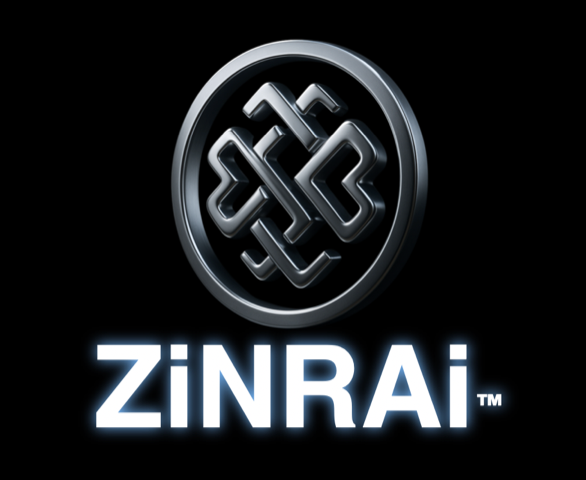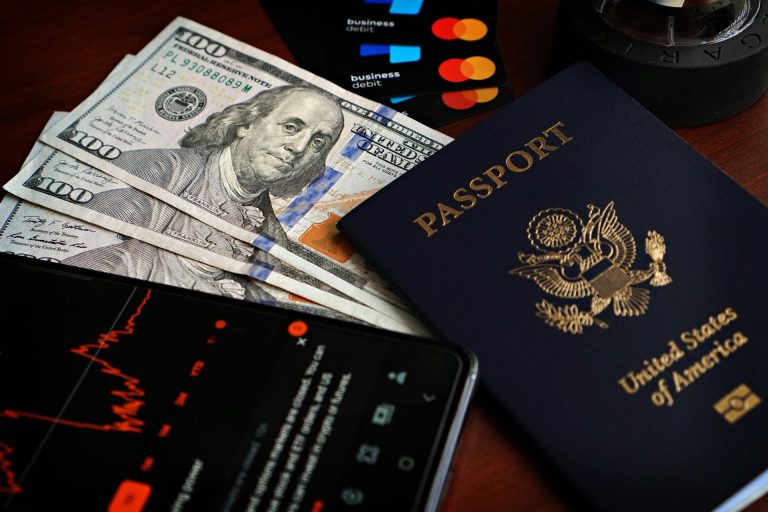Chainlink (LINK) remains of immense interest to the investment community with its combination of state-of-the-art oracle technology and real-world utility in the ever-volatile field of cryptocurrencies. The native token of the decentralised oracle network is listed at a price of about $21.50 as of September 24, 2025, which demonstrates its strength in withstanding overall market volatility.
This follows a week of increased activity, huge whale buys, and new partnership announcements that highlight Chainlink’s growing role in bridging traditional finance with blockchain ecosystems. As the crypto market digests fresh Federal Reserve rate cuts and global economic shifts, the performance of LINK stands out as an indicator of recovery.
Chainlink Price Stands Put at $20 Support: Bulls Eye $30 Bounceback
The price behaviour of Chainlink has drawn attention this week as the token tested key support levels. LINK began on September 21 at a high of $22.20, dipped to $21.10, and consolidated within the $21.10–$21.40 range. Trading volume remains moderate at $1.38 billion, with cautious optimism amid concerns about inflation and institutional inflows.
Key Support & Resistance Levels
| Type of Level | Price | Significance |
|---|---|---|
| Short-term Support | $20.78 | Weekly Ichimoku cloud top; 0.618 Fib retracement |
| Secondary Support | $19.50 | Consolidation low; possible demand zone |
| Major Support | $18.10 | Psychological floor; risk of deeper correction |
| Near-term Resistance | $22.00 | Near the breakout sign |
| Secondary Resistance | $24–26 | Medium-range recovery goals |
| Major Resistance | $30.43 | Bullish extension; previous cycle high |
Derivative markets confirm this momentum, with funding rates leaning positive and open interest rising, hinting at short-covering rallies. With Bitcoin trading near $68,000 and Ethereum around $3,200, LINK may benefit from an altcoin-driven liquidity surge.
Whale Buys Spark Narrative: $17M Inflows
Chainlink has witnessed significant whale accumulation. On-chain data shows whales purchased over 17M LINK in just two weeks — the largest accumulation in years. Centralised exchange balances fell as whales withdrew holdings, strengthening long-term confidence.
- Accumulation phase: +2.3M LINK added in the past 48 hours
- Wallet concentration: Top 100 addresses now hold 35% of the circulating supply
- Sentiment indicator: Decline in exchange inflows → strong HODLing behaviour
This whale-driven activity mirrors trends seen in Arbitrum and Sei, putting LINK on the list of breakout tokens of 2025.
Technical Indicators Point to $75 Bullish Target
- Symmetrical triangle: Compression pattern since November 2020
- OBV ascending triangle: 4-year bullish volume pattern
- Fibonacci extensions: $30 → $47 → $53 → $73–75 potential targets
Indicators such as RSI (52) and MACD convergence suggest bullish potential. If LINK closes above $25, analysts expect a breakout rally that could retest its 2021 all-time high and push beyond.
New Collaborations Driving Adoption
- SBI Group (Sept 23): Oracle integration for Asian tokenised finance
- Bluprynt (Sept 22): Web3 compliance automation
- Saudi Vision 2030 (Sept 17): CCIP for sukuk bond tokenisation
- Polymarket (Sept 12): Prediction resolution via Chainlink feeds
These deals expand Chainlink’s role in tokenised finance, compliance, and sovereign digital assets, while also contributing to LINK supply burns via staking.
Stablecoin Payroll Revolution
As volatility in LINK persists (±15% intra-week), startups are adopting stablecoin payrolls (USDT, USDC) with Chainlink-secured oracles. This shift reduces cross-border wire costs by up to 30% and enables instant global settlements for teams in 150+ countries.
Price Forecasts
Short-term: LINK is forecasted at $22.05 on September 24, nearly flat from $22.06. Models suggest a monthly high near $21.41.
Long-term: Bullish targets call for $30 by Q4 and a potential $75 if Bitcoin surges toward $100K.
Prognosis: Chainlink Prepares to Lead Oracles
On September 24, 2025, Chainlink demonstrates two defining strengths: resilience in price and institutional adoption. With whale accumulation, global partnerships, and rising demand for oracle solutions, LINK looks set to dominate the oracle sector in the Web3 era.












 Bitcoin
Bitcoin  Ethereum
Ethereum  Tether
Tether  XRP
XRP  USDC
USDC  Wrapped SOL
Wrapped SOL  TRON
TRON  Lido Staked Ether
Lido Staked Ether  Cardano
Cardano  Avalanche
Avalanche  Toncoin
Toncoin